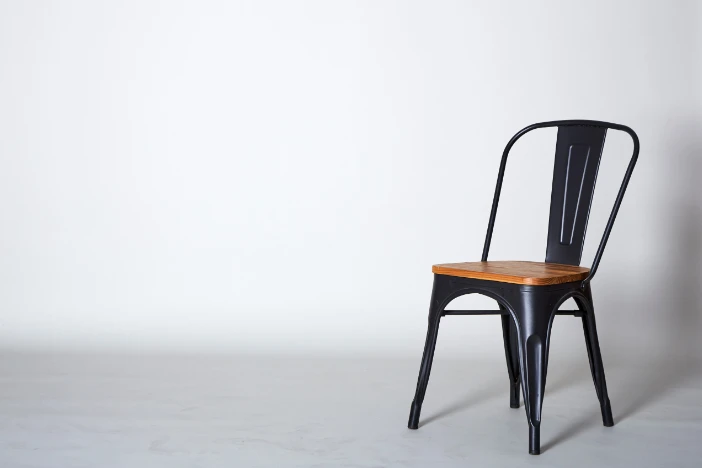
The fourth section of our sweeping review of design aesthetics includes a mix of pastoral, weathered and ornate styles.
Farmhouse
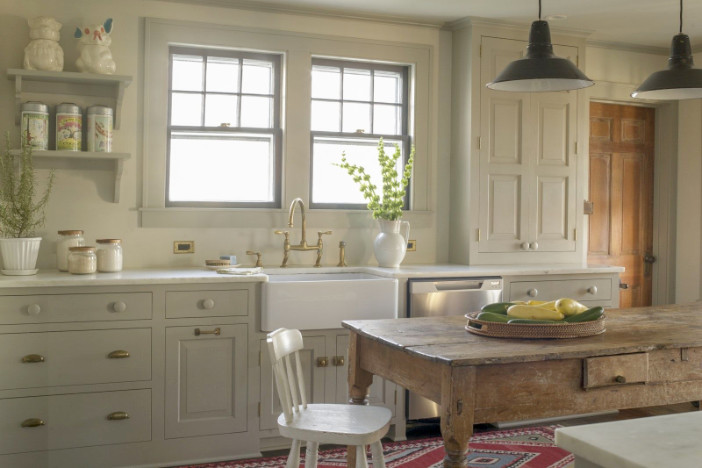
Farmhouse style is like the classic denim of interior design—timeless, practical and never trying too hard. At its core, the look pulls from an honest, working-rural heritage where comfort rules and nothing feels fussy. Shapes are all about function: the kind of wide-plank harvest table you can elbow your way around during Sunday dinner, a sturdy Windsor chair or the good old Shaker-style cabinet meant to hold everything from apple pies to, well, a tiny army of mugs.
Texture is where Farmhouse quietly flexes. Think those hand-planed oak beams overhead, knotty pine that’s seen more stories than your favorite boots and walls lined with shiplap for that instant hit of Chip and Joanna Gaines nostalgia. You’ll find nubby linen slipcovers teamed up with the kind of grain-sack pillows that can handle muddy paws and when you see some chicken wire, you know you’re in the right place.
Color-wise, Farmhouse is sun-kissed and soft, with layered whites up front, mellow greys, weathered greens and the warm notes of worn wood, like pages of a family recipe book. Materials are straight shooters: apron-front sinks, butcher block counters, subway tile, cast-iron ranges and even a little galvanized metal to keep things neighborly.
The Hoosier cabinet is the star of farmhouse kitchens, while rough-sawn benches and “crossbuck” coffee tables hang out in the design hall of fame. From Shaker artisans to Ralph Lauren and Thomas O’Brien, Farmhouse style keeps evolving, but with pros like Joanna Gaines and Jean Stoffer around, it never loses its country cool.
Finnish
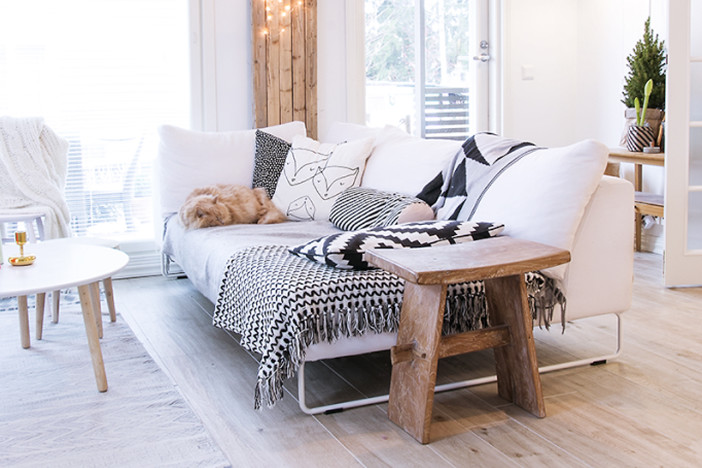
Finnish design is minimalism with heart. It’s clean, calm and confident—like a perfectly brewed cup of black coffee. The look is inspired by nature but stays grounded in modern design. It’s where warm woods meet simple shapes, with just enough comfort to keep things feeling cozy, not cold. It’s nature-meets-modern, but dressed in soft wool socks and ready for winter. There are airy spaces where light flows in through generous windows, designed more to welcome the sun than just look pretty. That’s a necessity when winter feels like it’s streaming on a loop.
Birch and pine rule the roost when it comes to materials. They’re used on pretty much everything—from floors to ceilings—bringing warmth and that unmistakably Scandinavian softness without shouting for attention. Forms tend to be purposeful yet curvy, all smooth lines and open silhouettes that remind you furniture can be both cozy and sculptural. Alvar Aalto’s legendary Paimio Chair is a perfect example—equal parts ergonomic and artistic. His Savoy Vase, with its fluid shape, does the same thing for flowers.
Textures stay humble and huggable. Linen, soft wool and raw wood finishes make homes feel lived-in, not showroom-perfect. Soapstone sneaks in as a thermal MVP, especially in fireplace design that’s more about function than flashy flames.
Colors stick mostly to pale woods, soft grays and neutral tones, but don’t be surprised to spot the occasional bold Marimekko print flexing on a throw pillow. Finnish design might be low-key, but it has a playful streak. Just like Eero Aarnio’s Ball Chair—equal parts space pod and chill zone. It’s minimalism, but with excellent Finnish.
Flemish
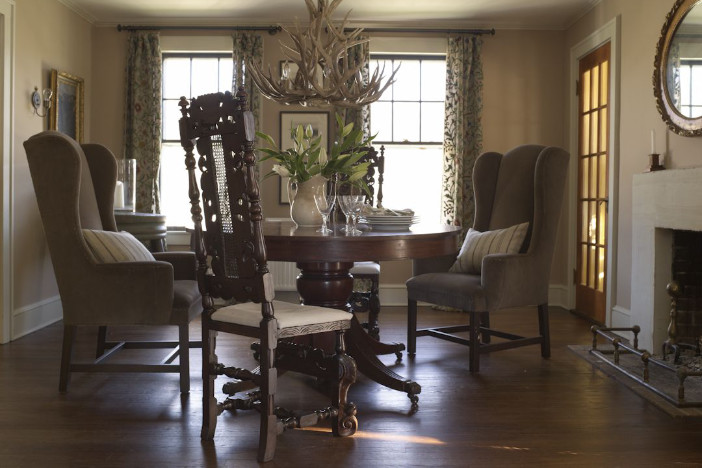
Flemish interior design comes with a quiet confidence that never tries too hard—like the friend who always looks put together without checking the mirror twice. Taking cues from Dutch Renaissance roots, these rooms seem to age gracefully, their style evolving steadily instead of sprinting after the latest fads. Every surface gives off a sense that it’s been part of the family for generations, even if the only thing it’s weathered is a mild coffee spill or two.
Furniture here means business, with solid shapes in oak or walnut, each showing off its well-earned patina—every scratch a badge of honor, not a blemish. The iconic Flemish foot, those curved and carved legs, manages to stand out without ever looking like it’s showing off. On the comfort front, upholstery includes linen, tapestries or leather that might outlast the family dog (and look better doing it). Even in modern times, slipcovered seating slides in quietly, never ruffling the calm.
Color palettes are quietly confident, too—earthy tones, soft greys and white shades that aren’t there to dazzle but to let textures strut their stuff. Hand-finished plaster, lived-in wood and brick surfaces wear their imperfections with pride, like wrinkles earned from telling good stories. Ripple glass in cabinets and windows adds just enough wobble to remind you this style doesn’t take itself too seriously.
Of course, Axel Vervoordt is the unspoken MVP of this look. His spaces focus less on filling every corner and more on making sure everything in sight feels purposeful—proof that true luxury is about knowing when to stop, not just when to start.
French
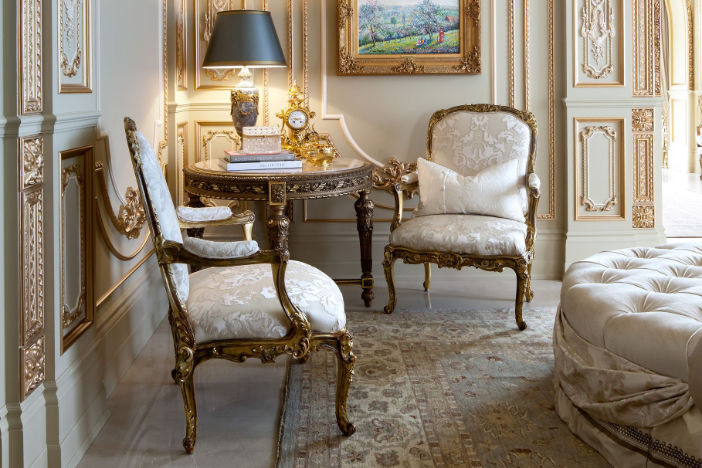
French design is that perfect blend of classic style and laid-back attitude. It looks fancy but never fussy—like someone who wakes up looking effortlessly cool. Sure, there’s a nod to the old days with touches of 18th-century flair, but it never feels stuck in the past. It brings just the right mix of polish and chill to any space. Symmetry and proportion reign, but there’s always a bit of surprise—like a gilt mirror casually leaning against a wall or a weathered armchair that looks like it came straight out of Versailles (after a few centuries of good living).
Color plays it cool—think soft beiges, chalky whites and dove grays that let form and texture take the spotlight. You’ll find intricate plaster moldings, paneling that gives walls some quiet drama and maybe a ceiling medallion that deserves its own Instagram account. Materials are rich, but not flashy: unlacquered brass, aged woods, linen that gets softer with use—you get the idea.
Signature pieces like the bergère or the more upright fauteuil have graced salons for centuries with their curvy silhouettes and meticulous carving. The cabriole leg is practically a French passport. Designers like Jean-Michel Frank brought in a chic minimalism that whispered luxury, while Madeleine Castaing made color and pattern feel glamorous instead of chaotic.
Outside, the French effect still thrives. A gravel courtyard with wrought iron bistro chairs, striped cushions and overgrown lavender can turn even a small patio into your own little Provence. After all, a glass of rosé tastes better with French style around.
French Provincial
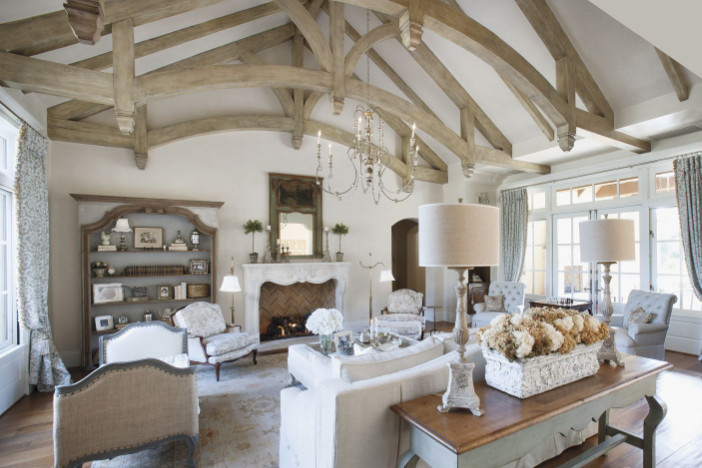
French Provincial style is like that well-traveled friend who’s effortlessly elegant but still knows how to relax with a good glass of wine. It comes from the sun-drenched countryside of southern France—think lavender fields, timeworn stone farmhouses and long lunches that stretch into dinner. This look mixes rustic materials with refined lines, capturing everyday comfort dressed up in its Sunday best.
The bones of the home tell part of the story. Lime-washed stucco walls, exposed beams and flagstone floors bring a sense of age without feeling old. Inside, the furniture curves just enough to keep things soft, with cabriole legs, scalloped skirt lines and arched silhouettes stealing the scene. Oak and walnut rule the woodworking world here, aged to the perfect mellow finish. It’s woodwork with wisdom.
Colors? Think faded tapestries and sun-bleached linens—chalky whites, pale cornflower blue, buttery yellow and that quiet mauve that looks pulled straight from a Monet painting. Textiles round it out: linen, toile with soft florals, maybe a bit of subtle embroidery. Even wrought iron shows up to keep things grounded—whether on hardware, headboards or light fixtures.
While the Louis XV fauteuil and that iconic ladder-back dining chair wave the flag for this style, it’s not stuck in the past. Designers like Axel Vervoordt have taken its charm and stripped it back, mixing antique lines with clean, modern edges. The result is timeless, like a Jane Austen novel with a Spotify playlist—classic, easygoing and quietly chic.
Georgian
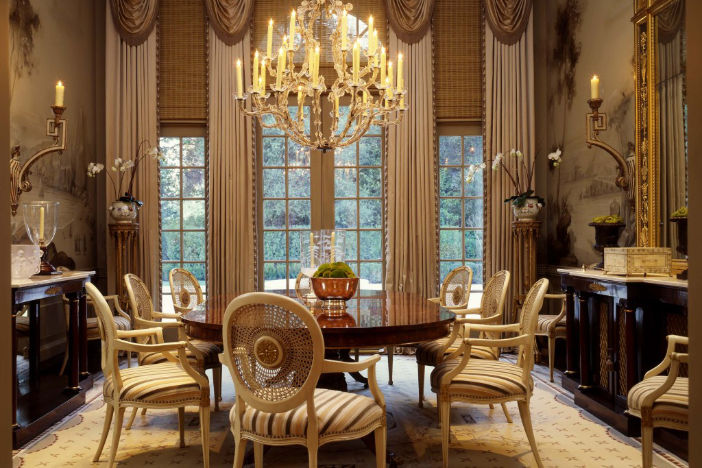
Georgian design is all about balance and classic looks, but it doesn’t take itself too seriously—think old money with a fresh coat of paint and just enough quirk to keep things interesting. It started in 18th-century Britain, making its way across America into those grand New England homes that always seem ready for a tastefully dramatic gathering.
Symmetry is the house rule. Everything lines up, from perfectly placed chairs to wall details flexing some architectural swagger. Paneling and crown molding are everywhere and ceiling medallions act like the room’s signature jewelry—always catching a second glance. Fireplaces aren’t just there for show; they own the room, usually teamed with built-ins or rich wood panels and sometimes with marble surrounds that know how to make an entrance.
Furniture in a Georgian room struts its stuff: carved legs, ball-and-claw feet and glossy mahogany or walnut finishes that practically wink at you in the afternoon sun. Shiny brass handles? Vintage jewelry for sideboards.
The color palette keeps things chill: sky blue, soft green, gentle pink and creamy whites. It’s a spa day for your home—minus the cucumber water, unless you’re really committed. Fabrics like damask and brocade turn up cozy textures without ever hogging attention. Chandeliers bring on the sparkle, while brass sconces cast a warm, inviting glow (perfect for dramatic shadows if you need to look mysterious).
Don’t forget the Chippendale chairs, camelback sofas and breakfront cabinets. Thomas Chippendale and Robert Adam are the rockstars of this look and their greatest hits still get remixed in today’s rooms. The whole style is formal but fun, elegant but never stuffy—think Downton Abbey, but with the freedom to put your feet up (just don’t tell Lady Grantham).
Gothic
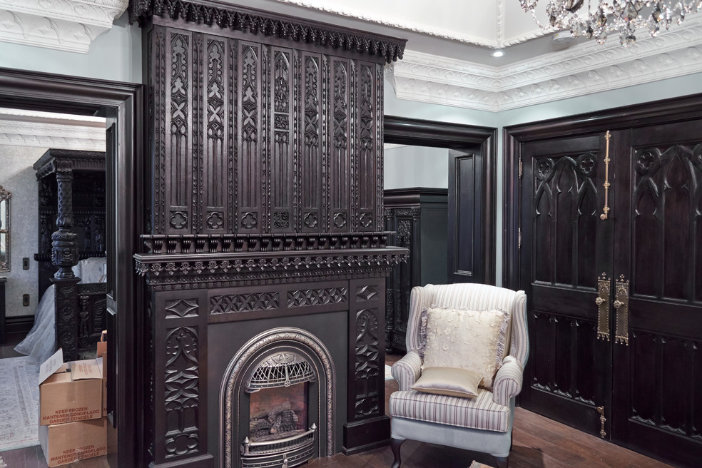
Gothic interior design is drama with a dose of medieval swagger, almost like Hogwarts before it was cool. Walk into a Gothic-inspired space and you instantly feel the vertical pull—pointed arches shoot upward, ribbed vaults spider overhead and lancet windows stretch like they’re trying out for a role in a vampire flick. Walls don’t do “blank”—you get textured wood paneling, ornately carved stone, sometimes battered-looking plaster that tells a thousand stories. Even ceilings get dressed up; after all, if you’re going to go Gothic, why settle for plain old flat?
Furniture here is basically set dressing for an epic period drama. Think box chairs with tall, mysterious backs and hidden nooks, trusty oak trestle tables and storage chests bulky enough to make Marie Kondo do a double-take. Details matter—look for linenfold carvings, quirky gargoyle motifs and enough ornament to keep your eyes busy, but not overwhelmed. Materials? Oak reigns supreme, with velvet, wrought iron, leather and stained glass commanding serious presence.
Color isn’t just dark; it’s moody meets jewel box. Rich crimson, foresty emerald, sapphire blues and gold accents pop up in tapestries and velvet upholstery, giving rooms a nocturnal warmth. Stained glass windows in rose or quatrefoil patterns turn sunlight into a gothic light show.
Gothic design’s OGs didn’t get name-dropped at the time, but Augustus Pugin spearheaded the Victorian revival—think him as the Tim Burton of his day but with less eyeliner. Today, Gothic interiors seduce both history buffs and style adventurers who want their spaces to whisper (or shout) tales of romance and grandeur.
Greek

Greek interiors and exteriors blend time-tested tradition with a splash of Mediterranean ease, creating spaces that feel both inviting and quietly refined—think of it as history with its sandals off. Whitewashed walls and lofty ceilings keep rooms cool and airy, letting natural light highlight the subtle textures of plaster and stone. You’ll usually find stone or tile underfoot, which is both practical and perfect for those who like to kick off their shoes (Greek sandals optional).
The signature color palette borrows straight from the landscape: sun-bleached whites, sandy neutrals, a bold Aegean blue and a touch of olive green for extra Mediterranean flavor. Gilded touches—maybe a brass faucet or a trim on a mirror—bring in just enough shine to remind you elegance doesn’t have to be loud.
The Greek key (or meander, if you’re feeling fancy) loves to sneak into borders and fabrics. It’s all about unity, continuity—and it does it quietly, without shouting from every doorway. Greek furniture is the original “timeless design.” The klismos chair? Those curved legs and round back make it both a classic and a cozy spot to sit. Materials like wood, iron and marble aren’t just showing off—they actually stick around for years. Proof again that good taste, like a fine cheese, never really goes bad. Some designs just refuse to let time win.
Decor tends to be intentional, never fussy. Handcrafted terracotta vases, marble accents or woven rugs give a nod to Greek artistry, so your living room gets to look sophisticated without trying too hard. Designers like T.H. Robsjohn-Gibbings and Themis Zouganeli offer modern updates on classical elements, proving Greek style is perfectly content to age gracefully—which is probably why it never needs a midlife crisis renovation. Spaces end up feeling harmonious, balanced, and, above all, comfortable—just as they have for centuries.
Hygge
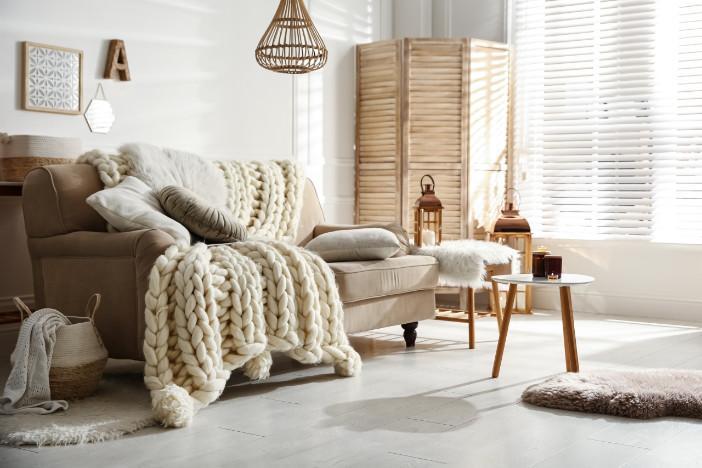
Hygge (say it with me—hoo-gah) is more than a trend; it’s a way of living cozily and intentionally, the Danish way. Think of it as the design equivalent of a warm hug… or the feeling you get when your socks match and your coffee’s just right.
Hygge has deep roots in Scandinavian history, where people needed a clever way to survive those winters when the sun clocked out early. It’s really about making your place so warm and inviting that even your socks feel welcome. When you walk in, you get that instant “ahhh” feeling, like you’ve just dodged a Monday morning meeting.
The style keeps things simple but not boring. Furniture has clean lines and likes to keep it natural—think oak or ash, nothing too flashy but always classy. Toss in some buttery leather or a wool throw and suddenly your couch is giving big “let’s stay in” energy. Hygge heroes like Arne Jacobsen’s Egg Chair show how comfort and cool can actually get along. Texture is the secret sauce—soft knits, cozy linens and fluffy sheepskins all working together, without ever shouting for attention, whether you’re snuggling inside or an outdoor setting.
Color stays calm and earthy: milky whites, stormy greys and soft taupes set the tone, accented by greenery or handcrafted ceramics. Candles aren’t optional; they’re practically a religion. Overhead lights take a backseat to ambient glows and flickering flames. It’s all about creating moments—maybe curled up in a reading nook or swapping stories over tea (or glogg if we’re feeling festive).
Even scent plays its part—notes of cinnamon, cardamom and baking bread quietly say, “Stay a while.” And in a world that rarely slows down, Hygge gently insists you do.
Indian
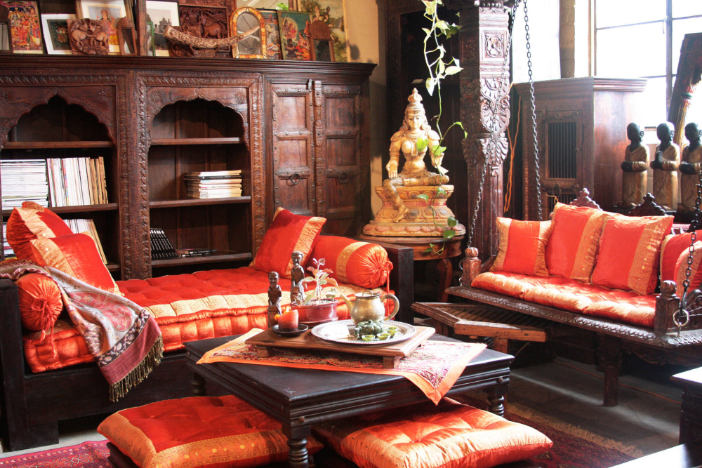
Indian design is all about mixing tradition, art and comfort. The look feels warm and welcoming, like it has always been in style. Bright colors are key—saffron, marigold and deep indigo pop up on everything from walls to curtains. These bold shades get along nicely with shiny touches of brass or copper, adding just the right amount of sparkle. There’s something satisfying about how these materials reflect just enough light to keep things elegant without blinding anyone over a cup of chai.
Wood is the backbone (and often the show-off) here, with teak, rosewood and ebony taking well-deserved pride of place. Handcrafted furniture doesn’t shy away from detail—carved armrests, curved legs and inlays of mother-of-pearl or bone make each piece feel like it could tell a family story or two. The jhoola, a classic swing, is often the hero of the room, with low diwans on hand for serious lounging—nap optional but highly recommended.
Textiles in Indian interiors are anything but shy, layering silk, khadi, jute and bold ikat patterns in a way that suggests “cozy” is a top priority. Floor cushions and embroidered throws invite you to take off your shoes and stay a while, which is just as well since you might be distracted by cabinets decked out in mirrors and painted in playful shades. Designers like Sabyasachi Mukherjee and Sunita Kohli have managed to honor centuries of tradition while giving everything a whisper of modern luxury. The result: a space that celebrates abundance, welcomes all and isn’t afraid to show off—just a little.
Industrial
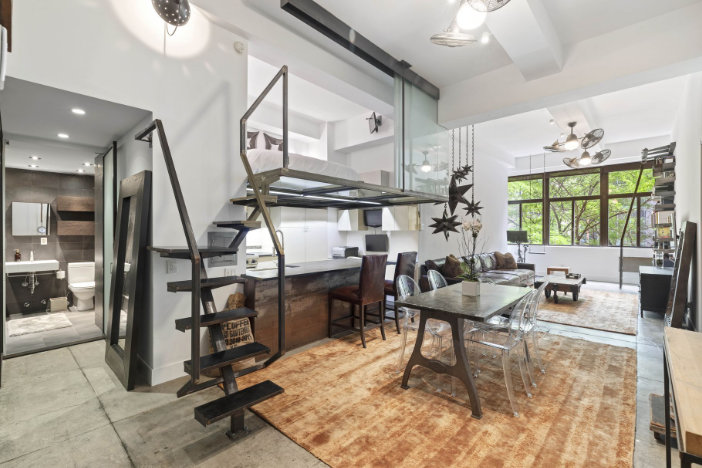
Industrial design is all about showing off open, useful spaces. Raw materials are the stars here—no fancy disguises needed. This style started in old warehouses and factories. It isn’t shy about showing exposed brick, steel beams and pipes. Industrial is the one style that likes to let its structure show, a little bit like rolling up your sleeves and getting to work.
The palette stays cool and collected, sticking with grays, blacks and whites—sometimes surprising you with a splash of blue, green or rust to prove it’s not too serious. Texture gets in on the fun: smooth metals like steel, aluminum and iron hang out with rough-hewn wood, concrete floors dare you to drop your coffee mug and leather ages with just the right amount of character.
Classic Tolix chairs and weathered factory stools set the sturdy, no-nonsense tone, with tables often sporting reclaimed wood tops and solid metal legs. Lighting is more than happy to be in the spotlight, swinging a pair of Edison bulbs or cage pendants just for atmosphere.
Industrial design owes a tip of the hard hat to legends like Jean Prouve, whose modular designs never break a sweat and Tom Dixon, who turned utilitarian lighting into something you actually want your friends to notice. There’s no effort to impress—just a laid-back, flexible mix of old and new that feels timeless and authentic. Industrial proves that you can look good and be practical, too—a pretty slick trick for any space.
Italian

Italian interior design feels like walking into a space that just works—calm, effortless and charming without even trying. It leans into soft arches and clean lines, with rooms that feel open and easy, not crowded or flashy. Textures do a lot of heavy lifting here. Smooth stone feels cool and elegant, while terracotta has that warm, lived-in vibe. Natural light pours in and makes everything glow, especially those hand-plastered walls that seem to catch every bit of sunshine. Even the ceiling beams look like they’ve just woken up from a very relaxing nap.
The color scheme draws straight from a Mediterranean getaway: imagine sandy beaches, sun-warmed beiges and seaside blues punctuated with olive green and the occasional pop of terracotta so rich it feels like a fresh pizza waiting to cool. When daytime light pours through those grand windows, every color starts humming and every surface becomes alive—no Hollywood filter needed.
Stone, granite and slate ground the style in sturdy elegance, while wrought-iron details add just a dash of old-world edge, never tipping into fussiness. Italian design makes the boundaries between inside and out so thin you can almost taste the lemon trees and catch a whiff of rosemary drifting through an open window—those terracotta tiles carry the same easygoing charm out onto a sun-drenched patio.
Pull up a chair—Italian furniture has confidence and charm without trying to steal the spotlight. A Cassina armchair might have sculpted curves that make you want to sit down and stay awhile and a chunky Tuscan table feels like it took its time getting perfect. Designers like Gio Ponti and Gaetano Pesce keep Italian style interesting and full of life. If you’re craving comfort with a dash of cool, just settle in and savor those simple pleasures.

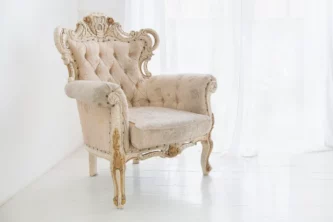
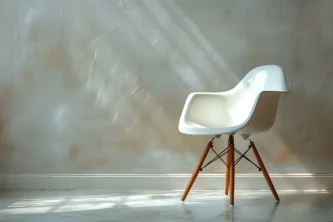
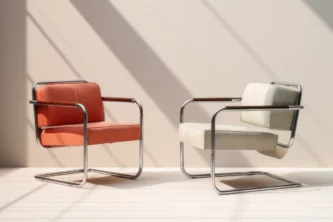
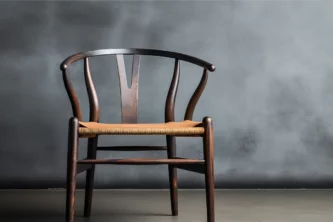
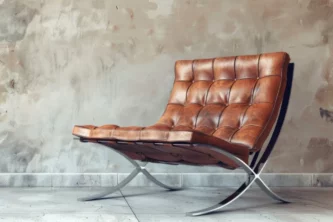
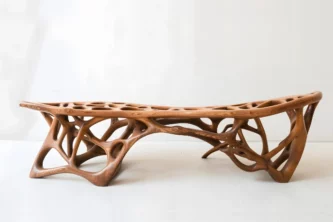
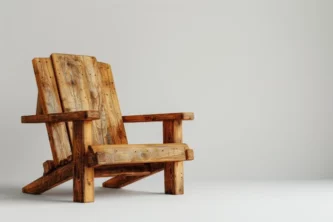
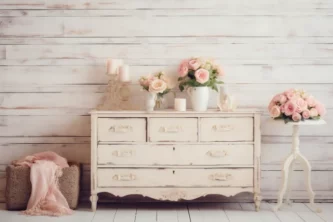
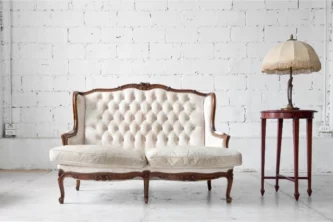




Leave a Reply